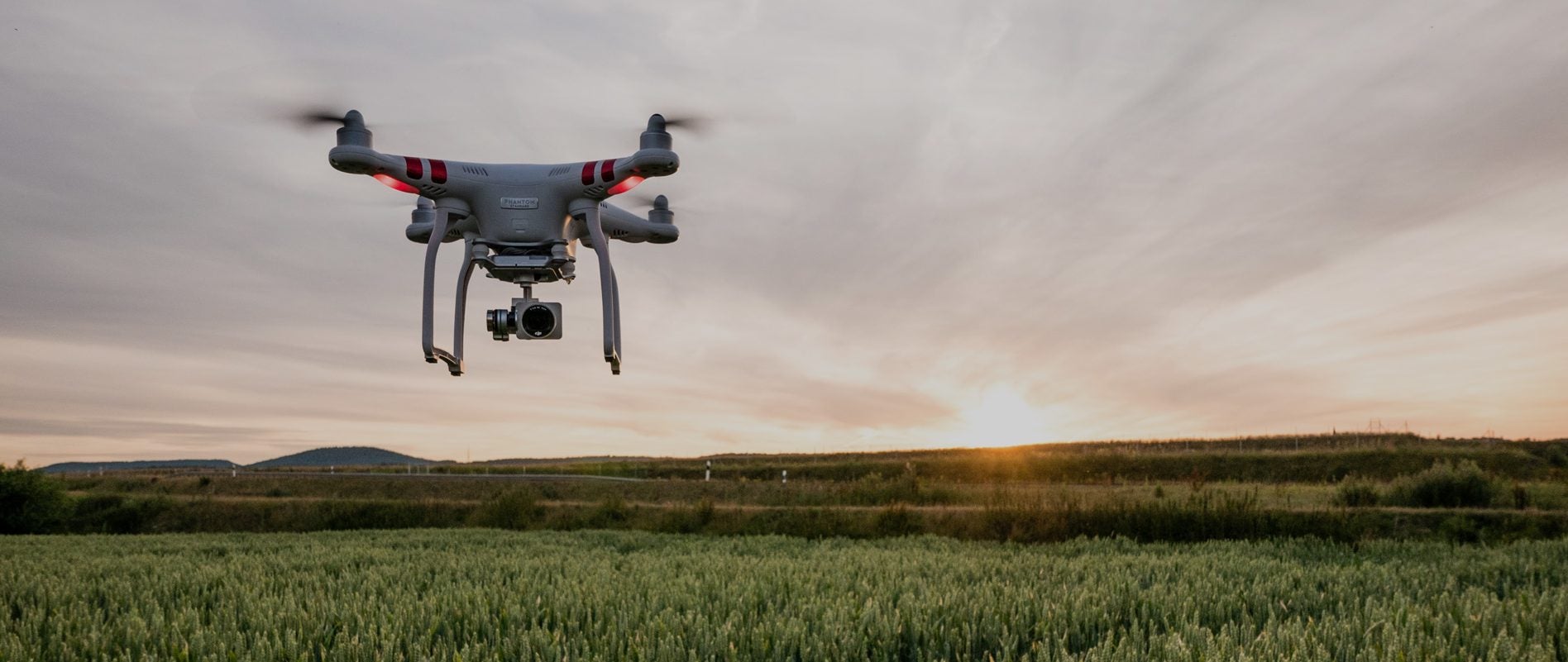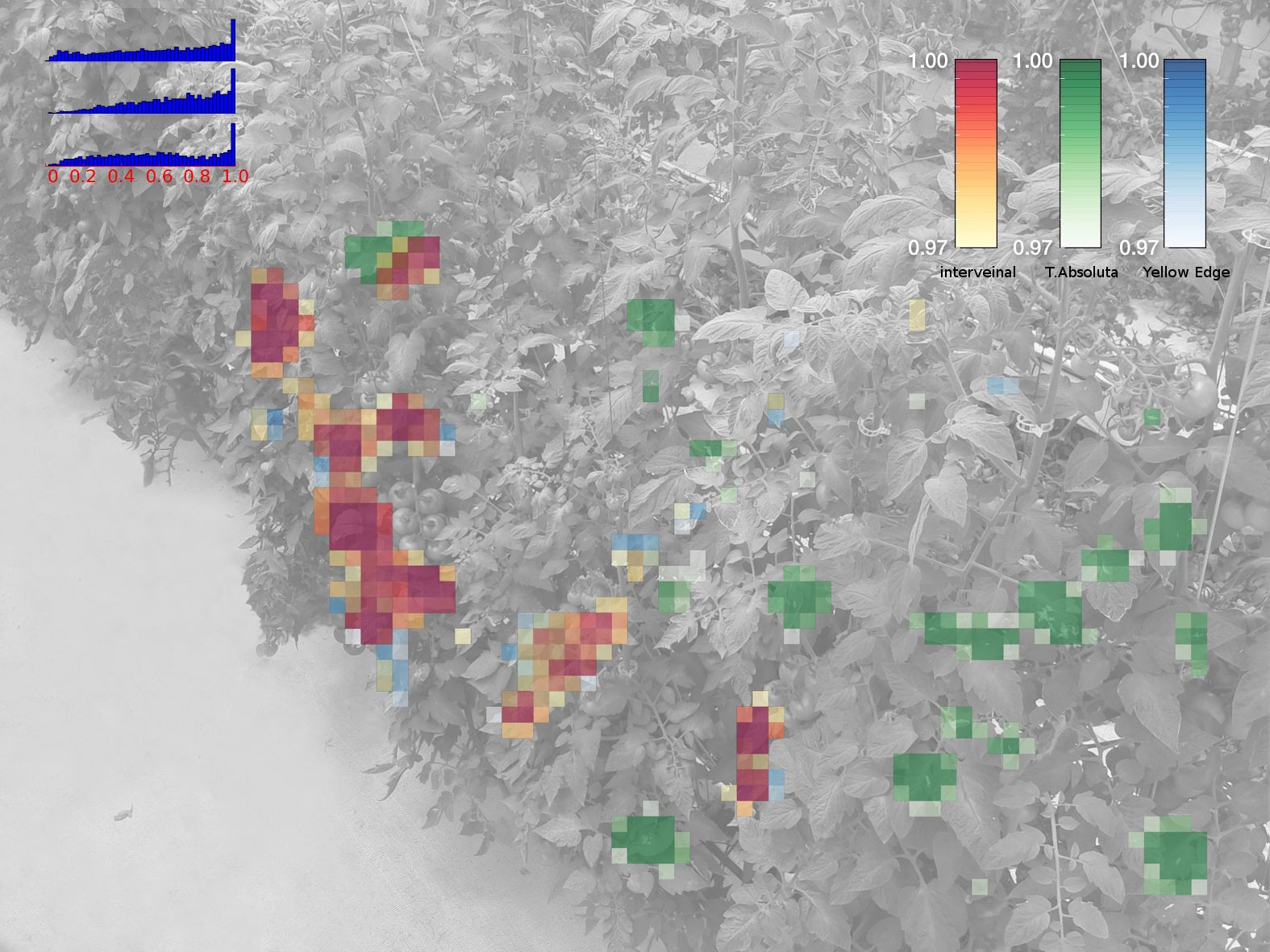Watching plants grow is one of the most exciting things in technology
After fifty years of soaring crop yields thanks to fertilizers, pest control, and irrigation, that growth is bottoming out. We solved the food shortfall in the 20th century, but we need to do it again in this century. The UN says crop production must rise 70% by 2050 to meet demand.


After fifty years of soaring crop yields thanks to fertilizers, pest control, and irrigation, that growth is bottoming out. We solved the food shortfall in the 20th century, but we need to do it again in this century. The UN says crop production must rise 70% by 2050 to meet demand.
Startups see cheap sensors and artificial intelligence as the solution. Clever algorithms are processing a deluge of high-resolution data enabling real-time monitoring of crops and their environment for the first time. By collecting data with everything from orbiting satellites to field-based cameras, algorithms can map soil productivity across vast areas or pick out insects on a single leaf. The approach allows farmers to diagnose problems and apply fixes with a pace and precision once only possible in the laboratory.
“Agriculture is all about complex judgements on the part of the farmer that are oftentimes stewed down to simple rules of thumb,” writes Nate Storey of Bright Agrotech, a crop equipment manufacturing company, on Quora. These rules force farmers to manage for average outcomes, not the best ones, he writes: “There’s a lot of error here that can be addressed with more data and AI.”
To get better analysis, farmers need better data. They have long relied on regional weather reports and after-the-fact measurements to see how crops are doing, but when a harvest fails, that’s too little, too late.
A new generation of sensitive sensors is watching over plants in real time and relaying precise data on conditions and forecasts. Arable’s PulsePod device, a $500 palm-sized sensor carrying $25,000 worth of scientific instruments, can measure rain drop size, canopy leaf area, crop water demand, environmental stresses, microclimate, and even air pollution. Encrypted data is sent via an API so others can process it. Arable says the whole system costs the farmer just a fraction of a cent for every dollar of harvested crop; until now, the economics of sensors has been too expensive.
PulsePods are just one part of a new generation of sensors and data analytics. The University of Sydney has built an automated four-wheeled rover to identify and poison weeds. Agribotix is flying four-rotor quadcopters over fields, and Precision Hawk has developed a fixed-wind drone that automatically optimizes its flight pattern for collecting data. Orbiting a few hundred miles above the Earth, PlanetLabs‘ constellation of small Cube Sats will enable it to snap a weekly picture of the Earth’s surface and send it to farmers below.
Pulling insights from these datasets is the focus of another new industry: agricultural AI. Prospera says it captures more than 200,000 images and climate readings per day from greenhouses across Europe, Israel and Mexico. Its computer vision technology analyzes the images and light spectrum of leaves to detect everything from crop maturity to single insects on the more than 40 million leaves it monitors. Prospera CEO and co-founder Daniel Koppel says customers report they can increase yields by 30% and forecast crop yield with 92% accuracy.

“We’ve had a missing link of really understanding the plant,” says Koppel. “You can get hourly and daily data on how your crop is performing, and take daily actions.”
Prospera currently only works in greenhouses, but it plans to branch out to specialty and commodity field crops. In the end, farmers will be able to use fewer pesticides, consume less water and redesign their production into a largely automated process, Koppel says. Farming will use statistical models and automation in a way similar to silicon chip manufacturing.
How this new food industry evolves is an open question. One model envisions development of a handful of vertically-integrated corporations that dominate the industry from sensor to analysis. Another resembles today’s open web: networks of APIs and complementary companies that swap data and services.
Arable CEO Adam Wolf is betting on the second. ”We don’t meet any customers who want to be siloed into a single solution,” wrote Wolf by email. “They are trying to avoid that. We see a much larger opportunity for making open & interoperable data so [every company] can focus on what they do best.”